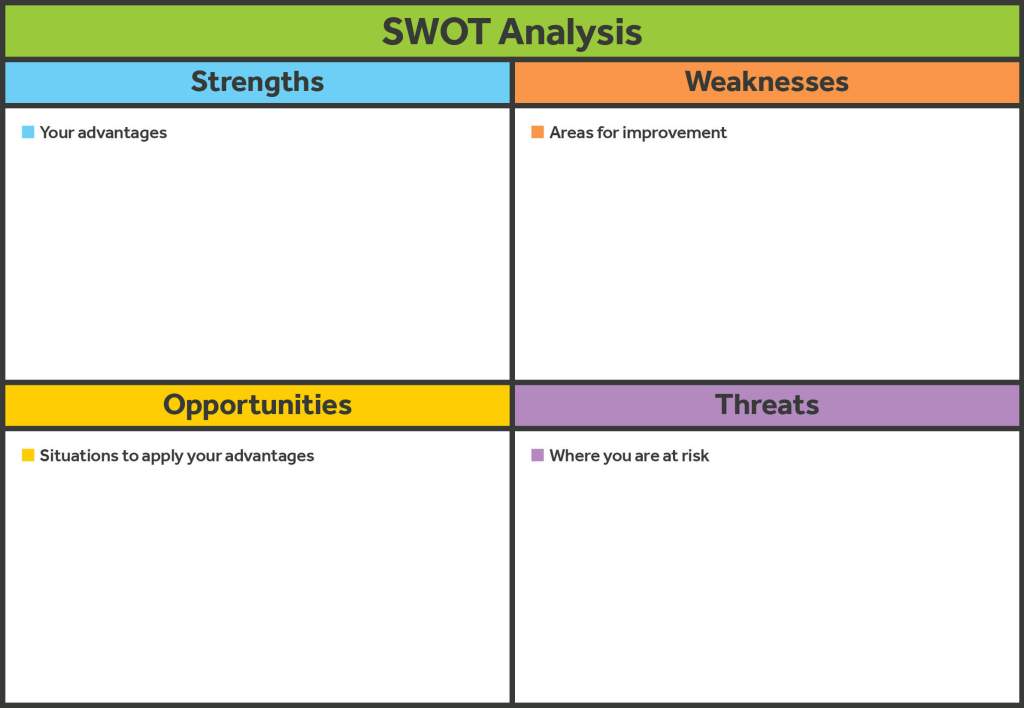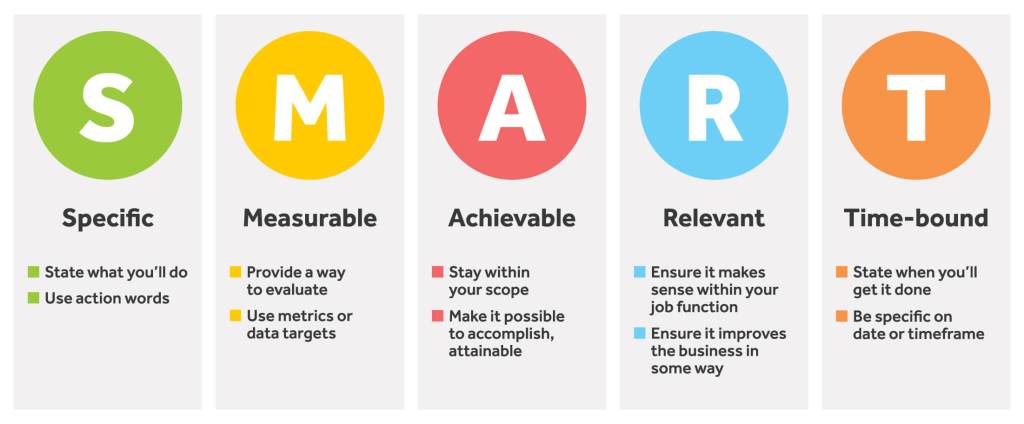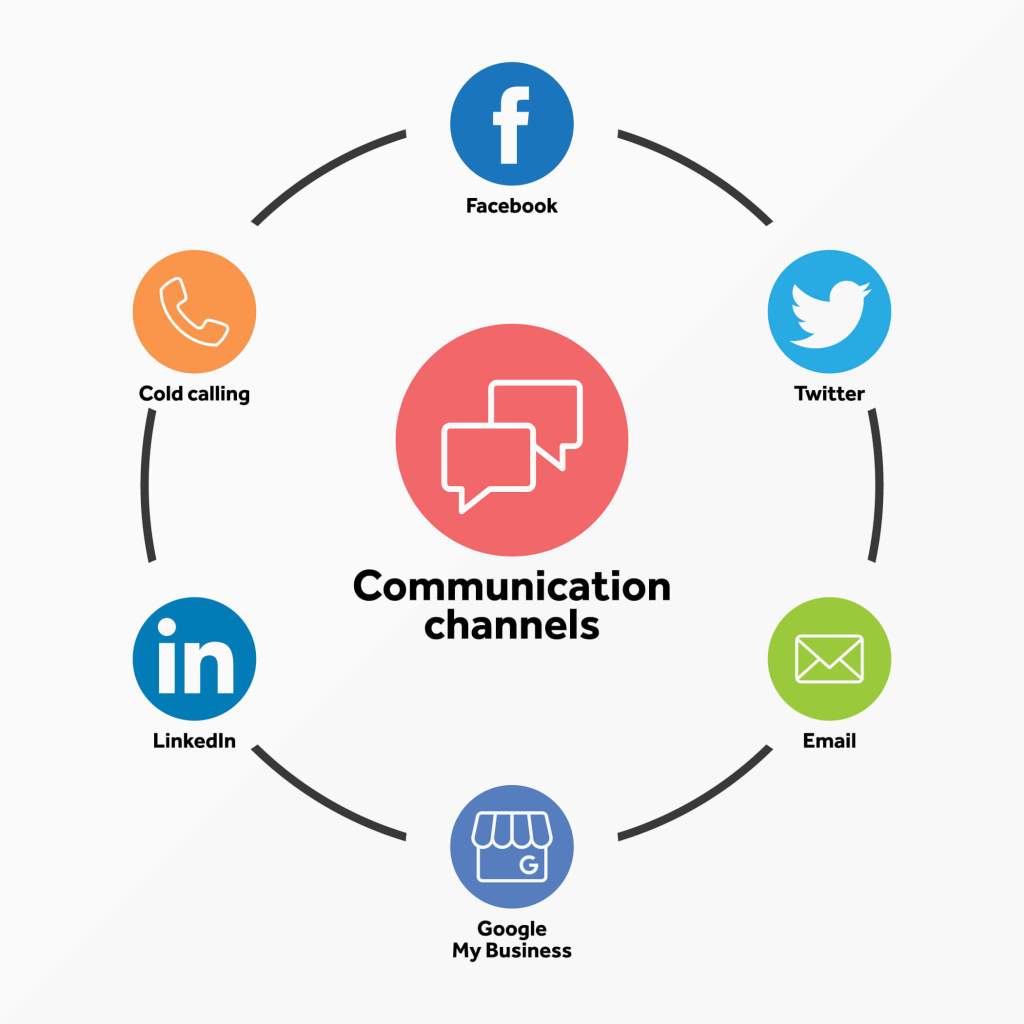Marketing is the heartbeat of an organization. It’s knowing what your ideal client needs and providing stellar products and services to gratify those needs. It tells a story to capture attention, provides an exceptional client experience and allows your firm to flourish.
As accountants, creating a marketing program may be outside your comfort zone, but it doesn’t have to be. You’re already well-versed in planning and analyzing, so simply apply those skills to creating a killer marketing program.
And remember, Rootworks is here to help. In this two-part article, we walk you through the marketing basics, offer tips on analyzing your current program and setting measurable goals, discuss creating a solid prospect list, explain why you need to embrace content creation and provide sound communications advice.
Step 1: Understand the marketing basics
Before you dive in and build a marketing strategy, it’s best to start at the beginning. At its core, marketing can be viewed as communication or “getting the word out,” but it’s much more than that. It’s a strategic process of satisfying consumer needs and desires. And it all starts with the four P’s: Product, Price, Place and Promotion.
The four P’s are the fundamental pillars of your marketing strategy, and we’ve defined them below.
- Product: Simply put, products are what your firm sells. Offer products, such as advisory services, that will fulfill the needs of your clients and prospects. For modern firms, creating repeatable products and services is key.
- Price: Price refers to how much you charge for products or services. Pricing should be affordable for your target consumer but competitive in the marketplace. And most importantly, focus on pricing that maximizes profits.
- Place: Place typically means “location.” For modern accounting firms, however, it also refers to where and how services are delivered. While your firm has a physical location where business is performed, services can also be delivered online via a web-based, collaborative interface or client center.
- Promotion: Promotion brings the other P’s into play and is how you’re communicating to consumers to persuade them to do business with your firm. The right promotion on the right marketing channels also motivates your ideal client to take action.
Spend time thinking about the products and services your clients need, but that also brings high value to your firm. Focus on the quality of the products offered and stay away from one-off services that don’t yield a high return.
Step 2: Analyze your current process
When starting your marketing plan, it’s important to begin with a SWOT analysis. This technique will identify your firm’s strengths, weaknesses, opportunities and threats, and help you analyze where your firm shines (or doesn’t). It also provides insight into future situations you can use to your advantage (e.g., changing tax laws, extended deadlines), as well as outside factors that could threaten your firm (e.g., staffing challenges).
Below, we break down each quadrant.
- Strengths. Strengths will help your firm determine where you excel and how you crush your competition. To assess your strengths, consider the following questions:
- What do we do well?
- What resources can we use?
- What products/services are our best sellers?
- Weaknesses. A firm that has weaknesses isn’t performing at its best. These are areas that need improvement to remain competitive. Ask yourself the following to determine your firm’s weaknesses:
- Where/what can we improve?
- Do we have adequate resources (i.e., staff)?
- What products/services are underperforming?
- Opportunities. Opportunities are openings (usually caused by external factors) that can give your firm a competitive advantage. Use the following questions in your opportunity analysis:
- What opportunities are available to our firm?
- Are there current trends we can take advantage of?
- What new market segments can we explore?
- Threats. Threats are factors that can harm your firm. To evaluate current (or possible) threats to your firm, see the following questions:
- What new regulations could threaten our firm?
- What do our competitors do well?
- Do our weaknesses expose any threats?
Using the questions above and a SWOT analysis template like below, make time to evaluate your firm and where it currently stands.

Use the results from your analysis to build upon strengths, improve weaknesses, capitalize on opportunities and eradicate threats. Allow them to guide your path when identifying your marketing goals to create a stellar marketing plan.
Step 3: Set measurable goals
Before you set your marketing goals, it’s important to think about the end game—what you need or want to achieve. And informed by your SWOT analysis, plan your goals accordingly. Make goal-setting easy by using the SMART method.

Start by analyzing the results of your SWOT analysis and turn those into specific, measurable, achievable, relevant and time-bound goals to measure your success and make adjustments as needed.
Step 4: Devise a plan
Once measurable goals are created, utilize them to plan your digital marketing strategy. You need to consider three things (in addition to the four P’s) when devising your marketing plan.
- Identify the right clients. Before you start to rapid-fire email campaigns or social posts, you need to understand your ideal client. Think about the buyer personas associated with ideal clients and remember there is no one-size-fits-all approach. Creating buyer personas lets you get to know your clients better.
- Identify the right products. You can’t create a plan without knowing what products or services you want to sell. You have to understand what clients desire and what you can deliver. Is it payroll? Advisory services? Once you know what you want to sell, productize it and price it appropriately for your market.
- Build a clear delivery model. Once you’ve determined your ideal client and the products you want to sell, decide how you’re going to deliver your messaging. Create a modern delivery structure using the technologies that your ideal clients expect.
Knowing your client, identifying the right products and building a clear delivery model will set you well on your way to implementing your plan. Goals are set, and the plan is created, so now it’s time to market to the masses (i.e., your ideal customers).
Step 5: Map out your communication channels

There are several options when it comes to marketing channels, and these days digital marketing is a big piece of the pie. Non-digital marketing isn’t going away, so it’s imperative to have a healthy mix of all available channels. We’re here to break them down into manageable pieces.
- Social channels. Let’s face it. Social media is here to stay. Most of your ideal clients won’t be “everywhere,” so focus on the channels they frequent. Whatever you choose, be sure you have at least two social channels as part of your digital marketing plan.
- Modern website. First and foremost, you need a modern website. This is where you make your first impression on prospects. And bonus—you can post your content (i.e., eBooks, magazines, how-to articles) here for free.
- Google Business Profile. If you haven’t claimed your free (yes, free) Google Business Profile listing yet, do it now. 68% of people contact a business directly from Google search results, so take advantage of the free listing and build up your profile to make your way to the top of “accounting firm near me” search results.
- Social media. Tailor your online marketing approach to each social channel differently. LinkedIn and Twitter are different sites, so messaging that may flourish on Twitter (think multiple hashtags and emojis) may not do as well on LinkedIn. Also remember to engage with your audience when they comment or share, as it shows authenticity.
And one last note: Don’t feel like you need to post on every social media outlet available. Exert effort and time on the ones that work for you.
- Paid advertising. This approach is helpful in order to generate more exposure to your content. You have complete control over paid promotions through social channels like Facebook, LinkedIn and Google AdWords, but set a budget and analyze results to make sure the return on the investment is sound. Test different platforms to see which works best for your firm.
- Inbound marketing. Inbound marketing is a less intrusive way for prospects and clients to come to you and is commonly put into place with digital and direct mail marketing. For example, when you’ve published a new eBook you want to promote, ensure that it becomes gated content so that eager readers can enter their contact info. This contact info can then be transferred into specific follow-up emails expanding upon the content in the eBook.
- Outbound marketing. While cold calling may not be your thing, outbound marketing is a tried-and-true communication channel. This typically involves purchasing a prospect list tailored to your ideal client and contacting those prospects to give a high-level sales pitch, persuading the callee to make an appointment to learn more.
With this information in hand, remember to start with what you own, such as your website, email list or blog. This is important because you aren’t relying on other platforms to promote your firm. If your only digital marketing channel is Facebook and Facebook’s servers go down, this will leave you scrambling, especially if you have paid posts scheduled for release during unexpected downtime.
Get started and stay tuned…
With the first five steps toward a killer marketing program in hand, it’s time for you to get started. We’ve given you the marking basics, walked you through analyzing your current process, how to set measurable goals and devise a plan, and how to best map out your communication channels.
But we’re not done yet. Stay tuned for part two (and the remaining four steps) to building a killer marketing program.


